
Christian Gottfried Ehrenberg was a German naturalist, zoologist, comparative anatomist, geologist, and microscopist. Ehrenberg was an evangelist and was considered to be one of the most famous and productive scientists of his time.

Gotthelf Fischer von Waldheim was a Saxon anatomist, entomologist and paleontologist.

Franz Julius Ferdinand Meyen was a Prussian physician and botanist.

Georg Friedrich Puchta was an important German Legal scholar.
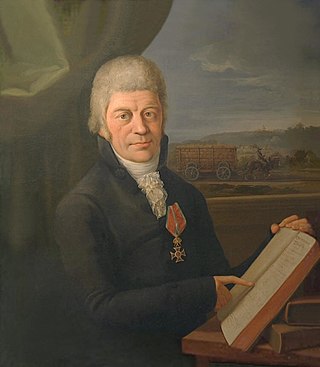
Franz Josef Gerstner was a German-Bohemian physicist, astronomer and engineer.

Friedrich Hermann Loew was a German entomologist who specialised in the study of Diptera, an order of insects including flies, mosquitoes, gnats and midges. He described many world species and was the first specialist to work on the Diptera of the United States.
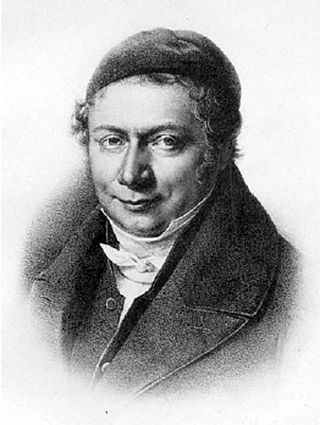
Christian Ludwig Nitzsch was a German zoologist. He is best remembered for his approach to classifying birds on the basis of their feather tract distributions or pterylosis of their young.
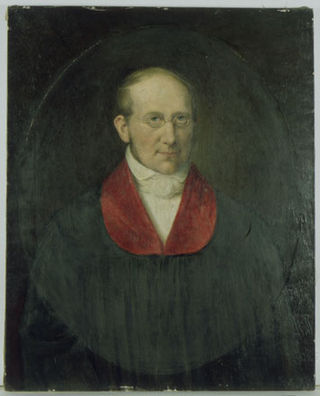
Hermann Friedrich Stannius was a German anatomist, physiologist and entomologist. He specialised in the insect order Diptera especially the family Dolichopodidae.
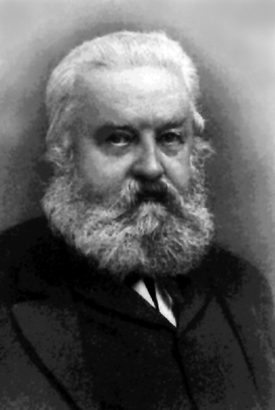
Friedrich Moritz Brauer was an Austrian entomologist who was Director of the Naturhistorisches Hofmuseum, Vienna, at the time of his death. He wrote many papers on Diptera and Neuroptera.

Johann Heinrich Robert Göppert was a German botanist and paleontologist.
Botta's serotine is a species of vesper bat, one of 25 in the genus Eptesicus. It is found in rocky areas and temperate desert.

Urolophus is a genus of round rays mostly native to the western Pacific Ocean and the Indian Ocean, though one species occurs in the Pacific waters of the Mexican coast. Müller and Henle erected Urolophus in an 1837 issue of Bericht Akademie der Wissenschaften zu Berlin. The name is derived from the Greek oura, meaning "tail", and lophos, meaning "crest". In Urolophus, the outer rims of the nostrils are not enlarged into lobes, but may form a small knob at the back.
Hemendrakumar Prithivraj Gandhi was a pioneering Indian phycologist and diatomist. H P Gandhi did his primary and higher secondary schooling at Pratapgarh and obtained his intermediate degree from Agra. Later, he completed his bachelor's degree and Masters in Botany from the Wilson College, Mumbai in 1949, where he specialized in algae under the supervision of leading phycologist Prof. A. Ella Gonzales. Gandhi joined as an assistant lecturer at Karnatak University, Dharwar in July 1949 and very soon he was transferred unceremoniously to M N College, Visnagar in Gujarat, then to I Y College, Bombay, and after another short time period he joined Rajaram College, Kolhapur after which he finally returned to Karnatak College. With the bifurcation of Bombay Presidency, in 1956, Gandhi was again transferred to Gujarat. His keen interest in the subject made him to collect algal samples from all the possible places and habitats during these transfers, tours and botanical excursions. He retired, in the year 1980, from J.J. Science College, Gujarat from the office of Principal
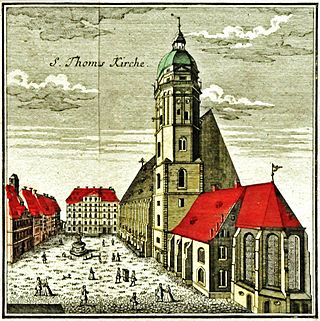
Thomaskantor is the common name for the musical director of the Thomanerchor, now an internationally known boys' choir founded in Leipzig in 1212. The official historic title of the Thomaskantor in Latin, Cantor et Director Musices, describes the two functions of cantor and director. As the cantor, he prepared the choir for service in four Lutheran churches, Thomaskirche, Nikolaikirche, Neue Kirche and Peterskirche. As director, he organized music for city functions such as town council elections and homages. Functions related to the university took place at the Paulinerkirche. Johann Sebastian Bach was the most famous Thomaskantor, from 1723 to 1750.
Ernst Hallier was a German botanist and mycologist.

Friedrich Traugott Kützing was a German pharmacist, botanist and phycologist.

Reinhold Wilhelm Buchholz was a German zoologist who made contributions in the fields of herpetology, carcinology and ichthyology.
Eunotia elegans is a species of diatom. It is found in Denmark.

Eunotiaceae is a family of diatoms in the order Eunotiales that includes the following genera:
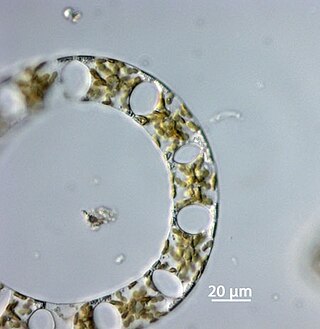
Eucampia is a genus of marine centric diatoms. It was first described by Ehrenberg in 1839.
















